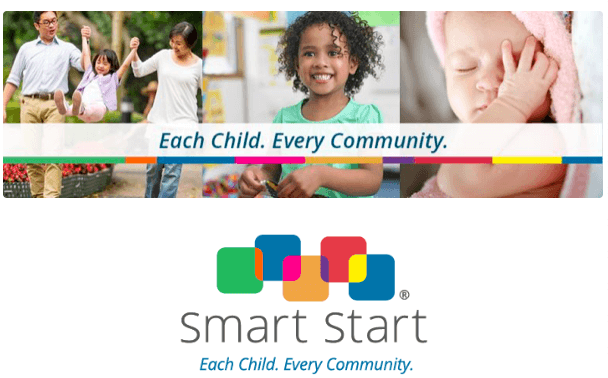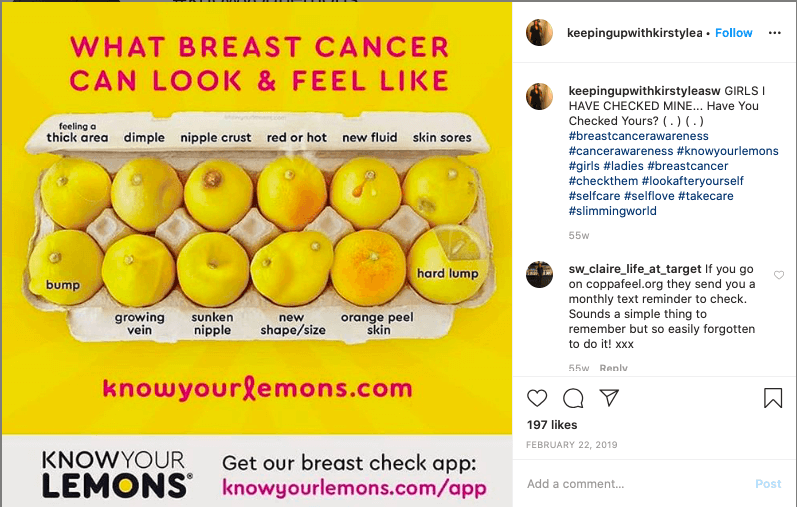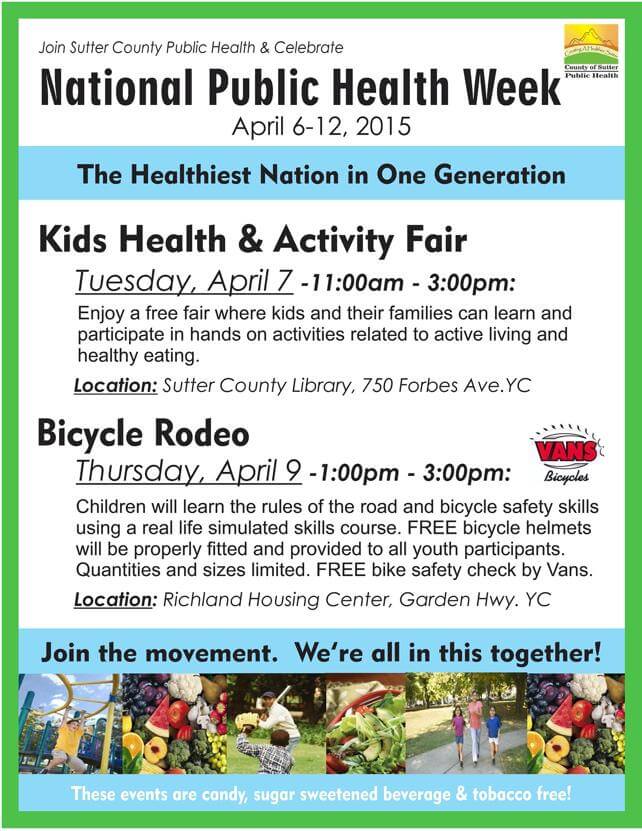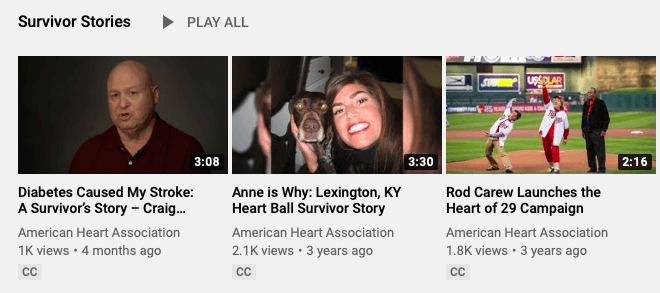Public health marketing is different from most other businesses – in the sense that you are not promoting a product or overtly selling something. The primary goal is to build a profound sense of trust to make the community safer and healthier.
The key to achieving this comes down to brand awareness. Your brand’s name, voice, and image represent your company’s values and mission to the people it serves. It is what will help people to remember and recognize your organization.
Good branding also builds positive associations – which leads to trust.
But building awareness in the public health space can be a major challenge. There are plenty of well-known public health organizations out there – many of which have been around for a longer time or possibly have a larger marketing budget.
Furthermore, people are often quite forgetful when it comes to the advertisements they see. It is estimated that the average person sees over 5,000 ads a day!
Unsurprisingly, most of this marketing gets ignored or forgotten – simply because our brain is too overwhelmed to remember all of these details.
If your organization is going to make an impression with people, it needs to generate good brand awareness that is memorable and positive.
Here are four simple ways to get your public health marketing strategy started.
1. Narrow Down Your Message
The key to building a brand that sticks out to people is getting your message across as quickly as possible. This often requires simplicity and conciseness – even if the public health services you provide or your overall mission is incredibly complex.
Again, while organizations in public health are not marketing a product, they are marketing their brand and mission. You need to be crystal-clear on the message you get across.
Get together with your team and answer questions, like:
- What defines your brand?
- What are your main priorities?
- What type of “voice” or “brand personality” do you want to convey?
- What is the main takeaway you want people to have from interacting with your organization?
- What associations do you want to have with your brand?
It is important to nail down these specifics before you start creating content or presenting yourself to the community.
First, determine what your overall goal is.
- Do you intend to provide health information or to connect people to health resources?
- Is there a specific initiative you are supporting, such as healthier food in public schools or making medication more affordable?
- How can you get that message across as quickly and concisely as possible?
One of the easiest ways to answer this question is to use your mission statement to drive your public health marketing.
For example, Smart Start is focused on ending childhood obesity.

They strive to achieve this mission through hosting educational events in schools and in the community. But they keep their marketing simple and to the point. This helps to ensure their brand is easily recognizable and their mission is clearly understood.
Smart Start’s slogan “Each Child. Every Community” helps to get their branding across. It is easy to understand and remember – which helps to increase brand awareness and make their organization more memorable from the get-go.
2. Get Active on Social Channels
Social media is no longer just for sharing pictures or watching funny videos. It is now one of the most common ways that people are introduced to new brands, products, or organizations.
In fact, more than half of new brand discoveries occur on social media networks!
People often turn to social platforms like Facebook or Twitter to research news-related topics or find communities that share similar values/opinions. By getting active on social networks, you can start to expand your reach and build brand awareness – while connecting with people who support your organization.
The key to making social media work in your public health marketing strategy is to create content that engages your followers and encourages them to share your message. The big challenge is understanding how to create highly sharable posts that spread your message like wildfire.
For instance, the Worldwide Breast Cancer Organization created the hashtag #KnowYourLemons for their content to teach women how to recognize the signs of breast cancer.

Their content is highly engaging and informational, and the organization created both video content and images that could be easily shared on social sites.
It is important to generate engagement by getting involved in other online groups – including Facebook groups or even Reddit and Quora threads.
This can be a great opportunity for your organization to share information and promote your expertise in the field. Be sure you’re keeping tabs on what kinds of questions people are asking related to your organization’s mission and start responding!
3. Go Offline and Connect with the Community
Getting involved with offline initiatives – like charity events, community festivals, or fundraisers – needs to be a cornerstone in your public health marketing plan.
To reiterate, the name of the game is trust in public health – and meeting people face-to-face is a great way to build brand awareness. Sponsoring a charity 5K race is a common choice for many PHOs. But there are plenty of ways to connect to communities through various types of events.
For example, many state universities (both private and public) host National Public Health Week events during the month of April to support health organizations.

Each day of the week focuses on different types of health initiatives. These include mental health, education, and economic empowerment for healthy living. Your organization should be checking to see which local establishments are hosting community-wide events. You can then get involved by purchasing a booth space or volunteering.
There are plenty of events you can get plugged into, depending on the mission of your organization.
Take PrEP Daily for example. PrEP Daily is a public health initiative within the state of Indiana’s health department providing people with information on HIV transmission prevention and gaining access to PrEP medication.
PrEP Daily has gotten involved with Pride events all over the country to connect with LGBTQ+ communities and their supporters to build brand awareness and provide information.
According to HIV.gov, LGBTQ+ communities are at a high risk of HIV transmission, making Pride events an ideal place to meet people, educate them, and promote their brand/message.
4. Focus on Storytelling
Public health marketing and storytelling go hand-in-hand. The goal is to trigger a sense of empathy and shine a light at the issues you aim to tackle by making it relatable. One of the best ways to do this is to share real-life stories of people that your organization has helped.
In fact, a study even found that when organizations used personal stories in their marketing, it made the information more memorable and even increased public support.
For example, the American Heart Association shares stories of how their organization helps save lives by teaching stroke detection techniques. These are shared on their social channels primarily, especially YouTube, to build awareness through emotional stories that tug at people’s heartstrings.

Showing real-life examples makes your brand more humanized.
You don’t have to focus solely on patient’s or people who have been helped by your organization. Share inspirational stories from your staff, too. How did they get involved? Why is this cause so important to them?
Conclusion
Building brand awareness right out of the gate as a newly formed organization can seem like an impossible task. It’s certainly hard to grab people’s attention in today’s heavily marketed climate. But there are ways to ensure that people recognize, remember, and revere your brand!
At the end of the day, what really matters in public health marketing is understanding the people you are trying to help. Create content that engages them by providing information, assistance, or an emotional story.
Go to channels where connections are easier to make – both in real life and online. And, most importantly, show people why your message is important and what your organization is doing to make the world a better place.
Jack Shepler is a Marketing and Search Engine Optimization expert. He founded Ayokay, award-winning marketing, and web design firm in Indianapolis, Indiana that has built brands, increased sales for businesses, and helped nonprofit organizations fulfill their missions since 2011. He uses his decades of experience to educate through the Ayokay blog and through public speaking. You can follow him on LinkedIn.







